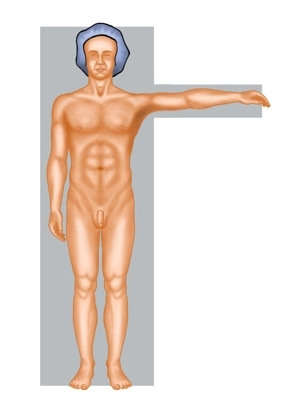Around 90% of intraabdominal adhesions result from previous trauma, such as that experienced in every abdominal procedure. Only about 10% of the population have adhesions without prior abdominal manipulation; these may be congenital or can result from intraabdominal inflammation.
Most adhesions are asymptomatic and devoid of pathological significance. Therefore, adhesiolysis is indicated only for the following symptoms:
- Mechanical ileus
- Symptomatic patients with intestinal obstruction
- Rather tentative indication in patients with chronic abdominal pain arising from adhesions
- In every abdominal repeat procedure
- In some cases of female infertility


